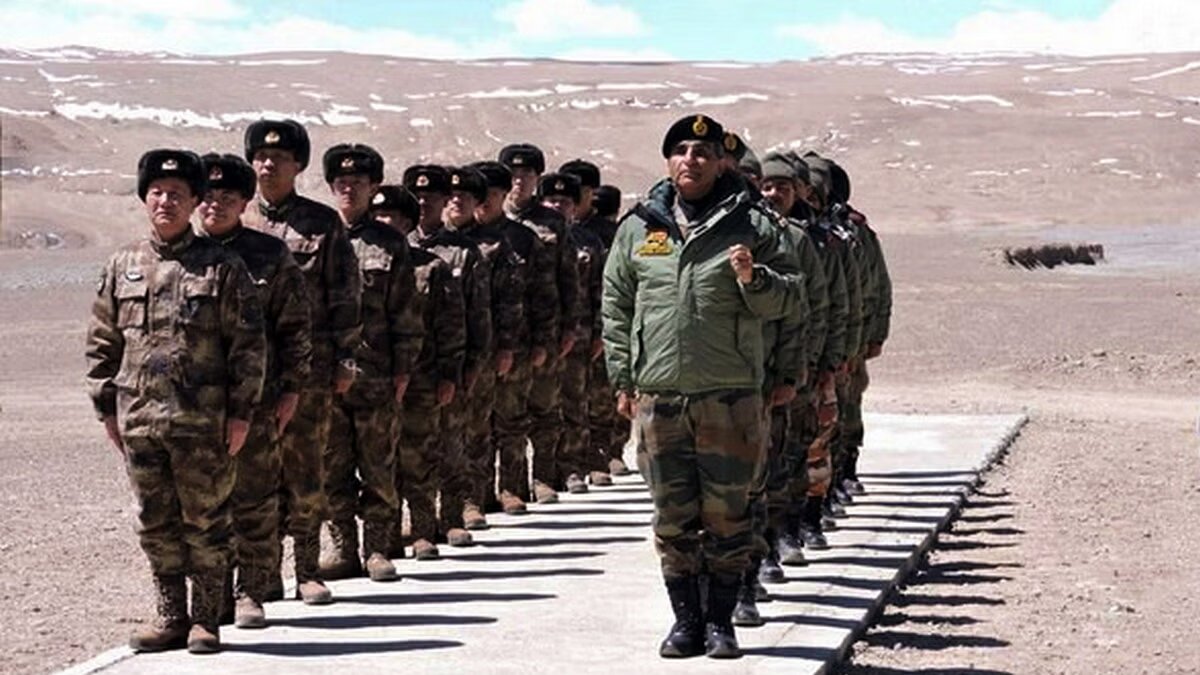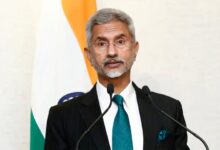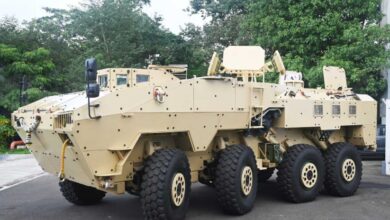Army Plans To Strengthen Posture Against China Along The LAC In Central Sector

- The Indian and Chinese armies still have tens of thousands of troops and modern weapons in the Ladakh theater
- Leader of the army, General Manoj Pande, said in January that things were "stable, yet sensitive" along the LoC in the Ladakh region.
Officials familiar with the matter said on Tuesday that the Indian Army wants to strengthen its position against China along the Line of Actual Control (LAC) in the central sector, which spans 545 km across Himachal Pradesh and Uttarakhand. They plan to do this by turning an administrative formation with headquarters in Bareilly into a corps headquarters with war fighting duties.
Officials who did not want to be named said that the Uttar Bharat (UB) Area would likely be changed into a corps headquarters that would be in charge of guarding the central sector. This is because it is currently thought to be the least disputed part of the border between India and China. Barahoti in Uttarakhand is the only place where there is a conflict in this area.
HT has learned that the new group, 18 Corps, might be based in Dehradun.
Lieutenant General DS Hooda, a military affairs expert and former Northern Army leader, said that UB Area has always had some operational duties along the LAC in the central sector. However, because it was mostly an administrative headquarters, it wasn’t set up to fight wars.
As more troops are sent to the central region, it is a good idea to turn UB Area into a corps headquarters. Because of this, operations will be more efficient when working with an unstable LAC that is getting more contested. Hooda went on.
India and China have been in a long-lasting military standoff along the Line of Actual Control (LAC) in Ladakh for almost four years, and a full settlement of the border crisis through ongoing talks still seems unlikely. At the same time, the army is shifting its attention to the central sector.
According to one of the officials quoted above, the UB Area, which is part of the Central Command in Lucknow, has been “progressively combatised” over the last seven to eight years to make the army more ready for operations. This means that turning it into a corps headquarters is the next natural step.
UB Area only had one independent brigade until 2016. That was the 9th (Independent) Mountain Brigade, which was based in Joshimath and was the army’s longest brigade. Two more have been added: the 119 (Independent) Infantry Brigade, which is based in Pithoragarh, and the 136 (Independent) Infantry Brigade, which is based in Pooh. Regular brigades are not nearly as big as independent brigades. In fact, they are not even close to being as big as army divisions.
A third official said that once the restructuring of the UB Area is done, the 14 Infantry Division in Dehradun will be moved under the new corps. This will put all of the command’s fighting formations under the direction of the new corps commander. The 14th Division has three companies. Their main bases are in Kasauli, Dehradun, and Lucknow.
The 3,488-km LAC is split into three sections: the western (Ladakh) and eastern (Sikkim and Arunachal Pradesh) sections. The Indian and Chinese forces are most likely to fight in the western section, followed by the eastern section. At the moment, border problems with China are mostly in eastern Ladakh, but the Indian Army is fully prepared all along the LAC. After the Ladakh border row broke out, there were reports of fights in the east.
On October 9 and 10, 2023, the 20th round of talks between Indian and Chinese military leaders to ease tensions in eastern Ladakh came to an end. They decided to keep talking about military issues and keep the peace, but there wasn’t a quick progress.
The Indian and Chinese armies still have tens of thousands of troops and modern weapons in the Ladakh theater, even though they have been pulled out of Galwan Valley, Pangong Tso, Gogra (PP-17A), and Hot Springs (PP-15) four times.
Leader of the army, General Manoj Pande, said in January that things were “stable, yet sensitive” along the LoC in the Ladakh region. He said that the army was well-prepared for operations and that its deployments were “robust and balanced.” He also said that military and political talks were going on to solve the problems along LAC.







Facebook Comments